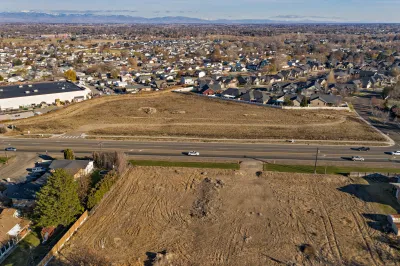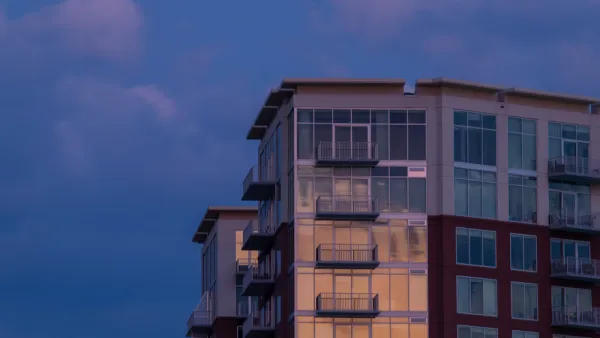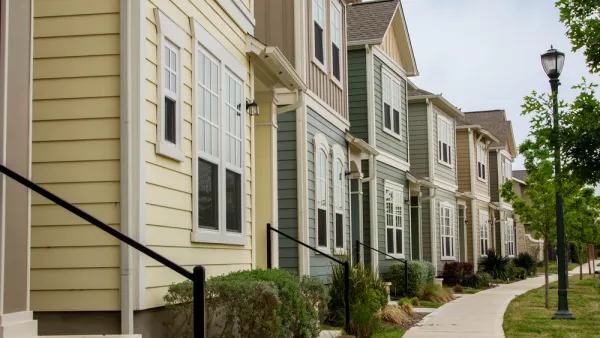A comprehensive update of the city’s zoning code aimed at making housing more affordable and promoting sustainable growth received unanimous support from the city council.

“After three days of public testimony and more than four years of work, the Boise City Council unanimously approved its new zoning code,” reports Margaret Carmel in Boise Dev, marking the first update to the city’s 60-year-old zoning code.
The code change increases density allowed along major transit corridors and in neighborhoods, as long as a project is affordably priced or has sustainability components, and cuts parking requirements and much more.
Among the hottest topics discussed were the length of deed restrictions for affordable housing, which was cut from 50 years to 20, and accessory dwelling units (ADUs). “Requirements for when neighbors are notified about projects was another hot topic during public testimony. One of the changes to the code draft staff suggested allows immediate neighbors to be notified after certain types of projects – known as Type 2 – are approved.”
The rewrite also scales up bike parking requirements, permits large trees in some landscape buffers, allows daycares in any mixed-use zone, and lets businesses apply for a variance to reduce parking.
See the source article for a more complete list of changes in the zoning code, which will go into effect on December 1, 2023.
FULL STORY: Boise’s future: Council unanimously adopts zoning code revamp, with changes: ‘a home… is fundamental’

National Parks Layoffs Will Cause Communities to Lose Billions
Thousands of essential park workers were laid off this week, just before the busy spring break season.

Retro-silient?: America’s First “Eco-burb,” The Woodlands Turns 50
A master-planned community north of Houston offers lessons on green infrastructure and resilient design, but falls short of its founder’s lofty affordability and walkability goals.

Delivering for America Plan Will Downgrade Mail Service in at Least 49.5 Percent of Zip Codes
Republican and Democrat lawmakers criticize the plan for its disproportionate negative impact on rural communities.

Test News Post 1
This is a summary

Test News Headline 46
Test for the image on the front page.

Balancing Bombs and Butterflies: How the National Guard Protects a Rare Species
The National Guard at Fort Indiantown Gap uses GIS technology and land management strategies to balance military training with conservation efforts, ensuring the survival of the rare eastern regal fritillary butterfly.
Urban Design for Planners 1: Software Tools
This six-course series explores essential urban design concepts using open source software and equips planners with the tools they need to participate fully in the urban design process.
Planning for Universal Design
Learn the tools for implementing Universal Design in planning regulations.
EMC Planning Group, Inc.
Planetizen
Planetizen
Mpact (formerly Rail~Volution)
Great Falls Development Authority, Inc.
HUDs Office of Policy Development and Research
NYU Wagner Graduate School of Public Service





























